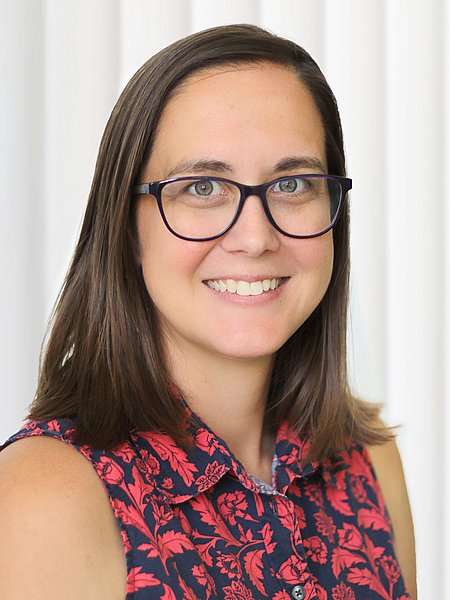The Hopp Children’s Cancer Center Heidelberg (KiTZ) is a joint institution of the German Cancer Research Center (DKFZ), Heidelberg University Hospital (UKHD) and the University of Heidelberg (Uni HD).
Medulloblastomas, malignant tumors of the cerebellum, account for only around one percent of all brain tumors in adults, but are the most common malignant brain tumors in children. Medulloblastomas spread from the cerebellum into the surrounding tissue and can also spread to other areas of the central nervous system via the cerebrospinal fluid.
“As there are several subtypes, therapies have different effects on young patients,” explains Lena Kutscher, whose junior research group at KiTZ and the German Cancer Research Center (DKFZ) is conducting intensive research into the development of brain tumors. “Different types of medulloblastomas arise from different precursor cells in the cerebellum by manipulating their developmental programs. However, in order to understand the molecular mechanisms responsible for this, we also need to know how the precursor cells normally develop into healthy nerve cells in the cerebellum. But this is currently poorly understood.”
Kutscher's new Emmy Noether Group, which will receive 1.7 million euros in funding from the DFG over six years from January 1, aims to investigate in detail which genetic drivers and molecular signals are crucial for the healthy development of nerve cells as well as how the tumor cells manage to divert this development. Among other things, Kutscher and her colleagues have already identified two key signals, known as transcription factors, which appear to play a decisive role in gene regulation and cell dysregulation. The team now wants to investigate whether nerve cells in the cerebellum can still develop normally in the absence of these signals and what role they play in tumor development.
“The signaling pathways in nerve cells in the brain are generally highly conserved. Dysregulation could therefore not only be the cause of tumors in the cerebellum, but also of developmental disorders in other brain regions. We therefore hope that our research will also provide us with insights into the causes of other childhood brain tumors,” says Kutscher.




